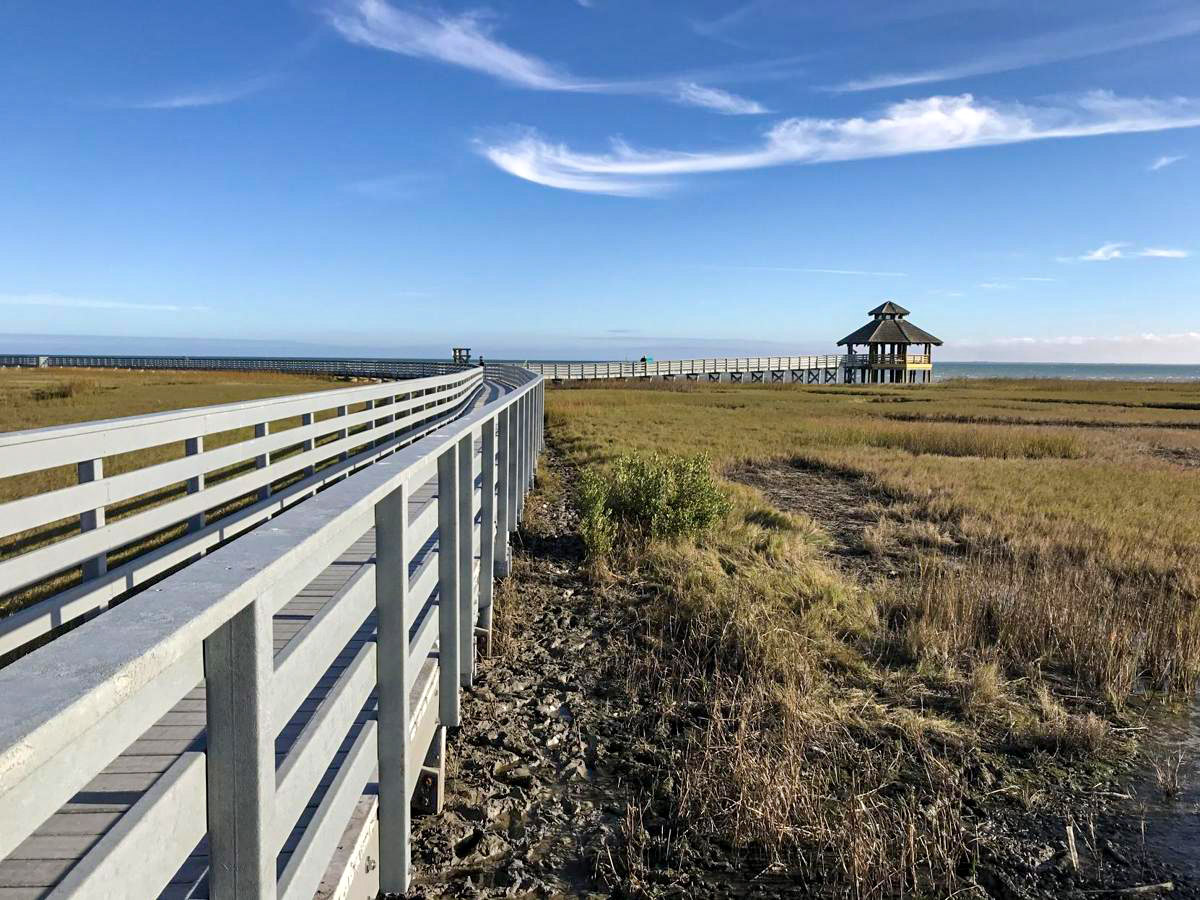Green Building: Level Up Your Construction Projects with LEED and Tangent

You may be familiar with green construction and the importance of sustainability practices to help protect and conserve the environment. However, it’s often difficult to even know where to begin. Companies have become more aware of sustainability practices like reducing energy consumption and implementing corporate recycling programs, but, did you know there is even further recognition for green building practices?
Tangent understands how important the environment is and finding ways to help Mother Nature is at the forefront of our business. If you’re looking for a win-win (help the environment and get company recognition for your environmental initiatives), then read on to find out how to partner with Tangent and the USGBC and receive credit for your environmental efforts and building projects.
USGBC
The U.S. Green Building Council (USGBC) was established in 1993 with the goal of promoting sustainability practices in the building and construction industry. Founded by Rick Fedrizzi, David Gottfried and Mike Italiano, the first meeting included participants from over 60 firms and many nonprofit organizations who shared ideas for an open alliance that spanned across the entire building industry. They discussed using a standardized rating system, which would later become the LEED Rating System.
LEED by USGBC
The LEED (Leadership in Energy and Environmental Design) Rating System is the most widely used green building rating system in the world. It recognizes sustainability and green building achievements for existing buildings, communities and home projects. It’s important to conserve, preserve and protect the environment as much as possible, and using the LEED Rating System encourages these practices and sets the global standard for building sustainability practices.
The LEED Rating System was founded in 2000. Over 94,000 building projects have used the LEED Rating System, and it can be found in over 165 countries. The LEED system awards points to projects that meet specific criteria promoting green construction methods in various categories and sub-categories. Point accumulation then determines the LEED certification level; silver, gold and platinum. The more points the project accumulates, the higher level of certification.
Over the last 19 years, this rating system has since gone through many updates and renovations. Currently, the LEED v4 Rating System is used, which takes a more holistic approach to sustainable building practices and promotes environmental conservation and preservation in new and existing building construction.
There are four main area improvements from the 2009 rating system to its current version, including materials, performance, Smart Grid thinking and water efficiency. The new system is designed for more flexible, performance-based approaches to building and construction throughout the entire project lifecycle.
LEED v4 – Building Materials
The 2009 LEED Rating System focused on specific products and rated individual components of each material. It broke down material specifications and awarded points based on individual criteria. The new system takes a more holistic approach to optimize environmental and social impacts of building and construction.
This system also focuses on a building’s entire life-cycle, including new construction and major updates and renovations to existing buildings and gives credit to buildings that are making environmental improvements.
Tangent Recycled Plastic Lumber
Recycled plastic lumber is a great alternative to traditional building materials like wood, metal and concrete. Tangent recycled plastic lumber is sourced from post-consumer and post-industrial recyclables like milk jugs and laundry detergent bottles and is manufactured from recycled content. Not only is it recycled, but it is also recyclable. At the end of the project life-cycle, the material can be reused and re-purposed.
Tangent products fall under the Building Design and Construction (LEED BD+C – New Construction) LEED category and Materials and Resources subsection. Each category contains 2-4 criteria specifications and one point is awarded for each criteria specification met. Tangent’s recycled plastic lumber meets many of these requirements and can award your project LEED points in the following areas:
- Materials & Resources
-
- Building life-cycle impact reduction – building and material reuse (2-4 points)
- Building product disclosure and optimization – environmental product declarations (up to 2 points)
- Building product disclosure and optimization – sourcing of raw materials (up to 2 points)
- Building product disclosure and optimization – material ingredients (up to 2 points)
For more information, please visit the LEED credit library
LEED Credit Process
Interested in earning points for your construction project?
First, it’s important to understand what rating system best fits your project. You can either choose LEED 2009, or LEED v4. Eventually LEED 2009 will be phased out, however, there is no information as to when this will take place. Next, decide which project credits you’d like to pursue by visiting the LEED Credentials Library and get a better understanding of any prerequisites that might be needed to achieve success. Lastly, register your project on the USGBC’s LEED website, prepare all necessary documentation and submit your project.
Get the Credit You Deserve and Partner with Tangent!
Ready to get points and credit for your environmental and sustainability initiatives? Contact us today to get all of your questions answered!












